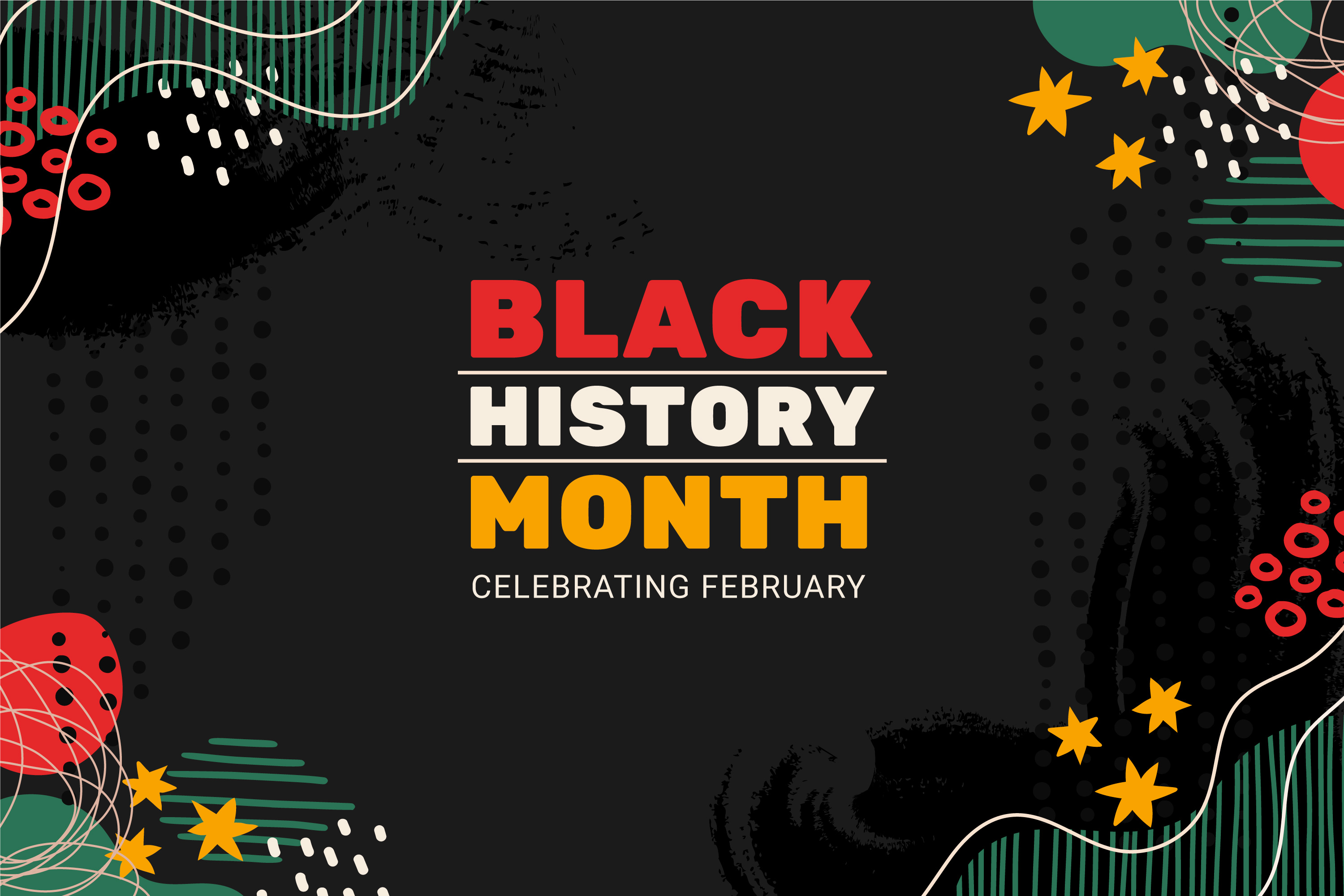Let's dive into inevitable terms that we all use daily: non-verbal communication. It is the invisible or magical "talk" that happens with nothing but a smile at the end of the tongue; believe me, it is more powerful than anything else you think. This is one thing I have learned over the years - it creates a difference in communication, whether in the workplace, hanging out with friends, or even when scrolling through social media.
Decoding Body Language Cues
It is said that crossing the arms gives the impression of not being readily welcomed. Classic body language cues: open posture shouting confidence and approachability: standing relaxed or not crossing your arms. I once walked into a meeting with my arms crossed big mistake! Unintentional defensiveness. Positive body language has changed my life in terms of developing better relationships.
Importance of Eye Contact
Oh, eye contact—so simple yet so tricky! In the U.S., it’s huge. Maintaining eye contact during a conversation signals confidence and attentiveness. I’ll admit, I used to struggle with this during interviews. Once I started focusing on it, my interactions felt more genuine. If you want to boost your effective communication skills, mastering the importance of eye contact is a must.
Understanding Gestures and Meanings
Here’s where things get interesting: gestures. A simple thumbs-up might mean “great” here, but it could be offensive elsewhere. Understanding non-verbal communication across cultures has helped me avoid awkward moments during international Zoom calls. For example, nodding doesn’t always mean “yes” globally—wild, right? This is where learning how to read body language really shines.
Facial Expressions and What They Say
Have you ever tried interpreting facial expressions in a serious conversation? Faces are like open books—well, most of the time. A smile can brighten someone’s day, while a raised eyebrow can signal doubt. When I started paying attention to these subtle cues, my ability to connect with others skyrocketed.
Paralanguage and Tone of Voice
Now let’s talk about paralanguage and tone of voice—the unsung heroes of communication. A firm tone can establish authority, while a soft tone conveys empathy. I learned this the hard way during a heated debate when my tone came off harsher than intended. Now, I’m more mindful of my pitch and volume to ensure my words match my emotions.
Non-Verbal Communication in the Workplace
Speaking of tone, have you ever noticed how crucial non-verbal communication in the workplace is? From firm handshakes to the way you sit during a presentation, everything adds up. It’s no exaggeration to say that non-verbal communication in business can make or break a deal. I always remind myself to smile, maintain eye contact, and avoid fidgeting—it’s all about projecting confidence.
Cultural Differences in Non-Verbal Communication
Here’s a fun one—cultural differences in non-verbal communication. It’s fascinating how personal space, gestures, and even eye contact vary globally. In the U.S., standing too close can feel invasive, while in some cultures, it’s totally normal. This has taught me the importance of being adaptable, especially in diverse settings.
Non-Verbal Communication and Pets (Yes, Really!)
Let’s not forget our furry friends. Cat body language and dog body language are entire worlds of their own. My dog wags his tail like crazy when he’s happy, while my cat’s slow blinks mean, “I trust you.” Decoding their cues has deepened my bond with them—and honestly, it’s just fun to learn!
Non-Verbal Communication in Social Media
Non-verbal communication doesn’t stop at face-to-face interactions. Non-verbal communication in social media comes through in emojis, GIFs, and even the way we type (ever noticed how ALL CAPS feels like shouting?). It’s a subtle art that’s worth mastering in today’s digital age.
Understanding and improving non-verbal communication has made a world of difference in my personal and professional life. It’s all about being mindful—whether you’re deciphering body language examples, enhancing interpersonal communication, or navigating non-verbal communication in professional settings. So, next time you’re in a conversation, pause and think about what your body, face, or tone might be saying—it could be louder than your words!










